23+ Sample Supply Agreements
-
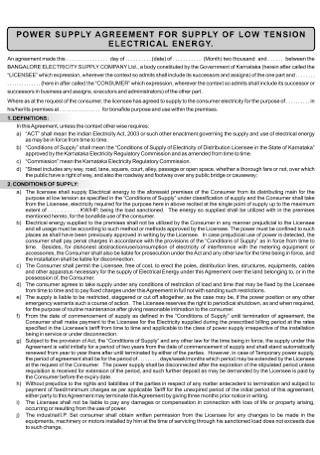
Power Supply Agreement
download now -

Master Supply Agreement
download now -
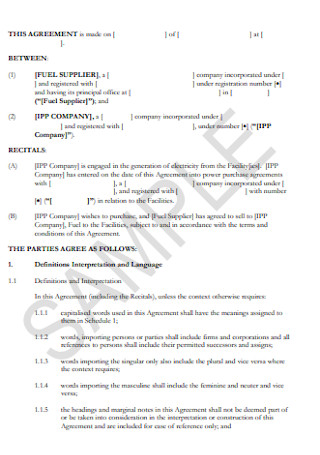
Fuel Supply Agreement
download now -
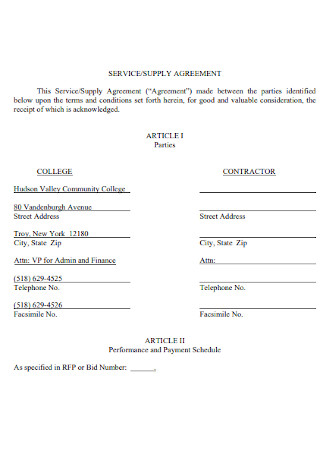
Supply Service Agreement
download now -
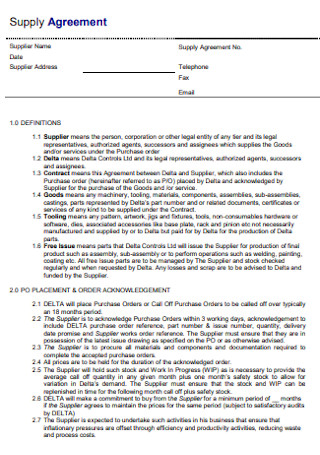
Simple Supply Agreement
download now -
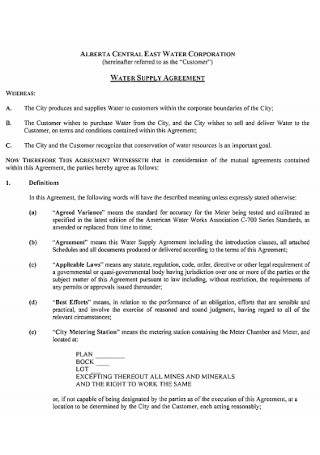
Sample Water Supply Agreement
download now -

Hardware Supply Agreement
download now -
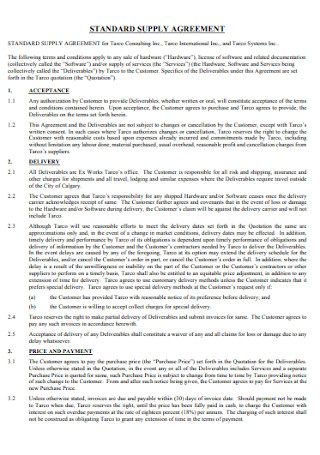
Standard Supply Agreement
download now -
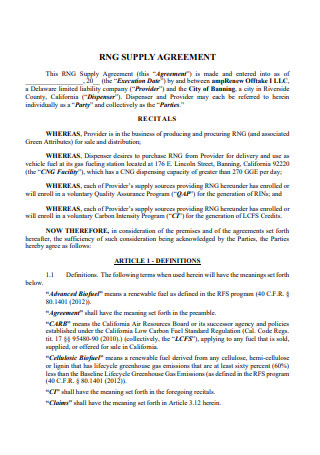
Offtake Supply Agreement
download now -
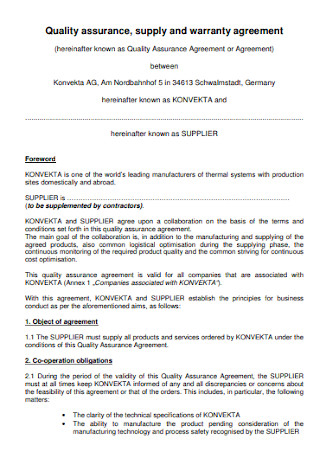
Supply and Warranty Agreement
download now -
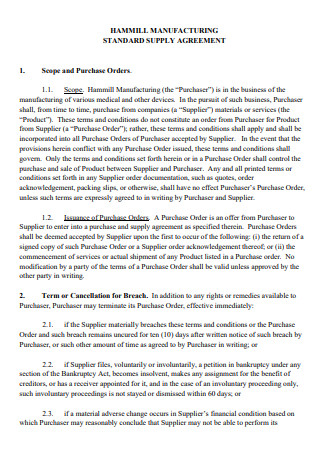
Standard Manufacturing and Supply Agreement
download now -

Material Manufacturing and Supply Agreement
download now -
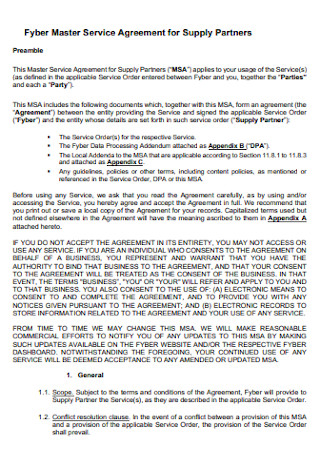
Agreement for Supply Partner
download now -

Water Supply Agreement
download now -
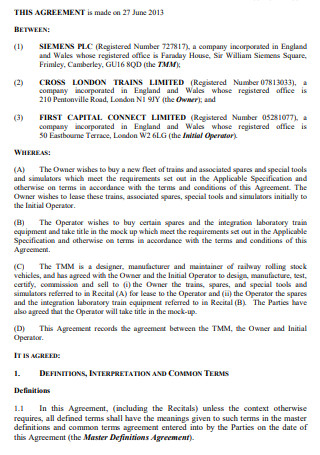
Manufacture and Supply Agreement
download now -
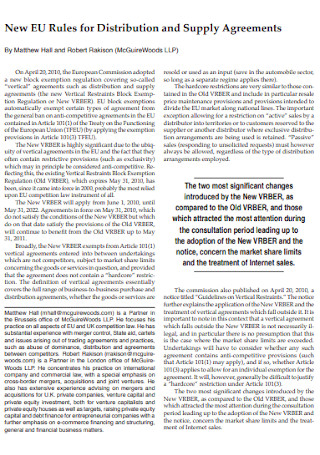
Distribution and Supply Agreement
download now -

Material Supply Agreement
download now -
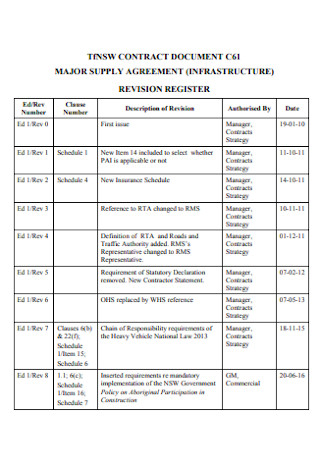
Major Supply Agreement
download now -
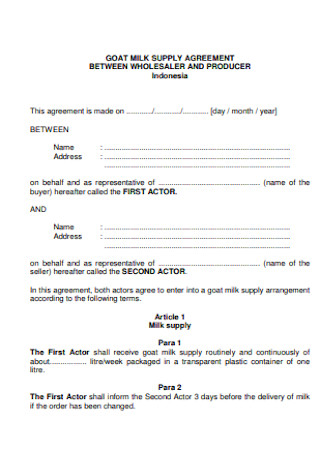
Goat Milk Supply Agreement
download now -
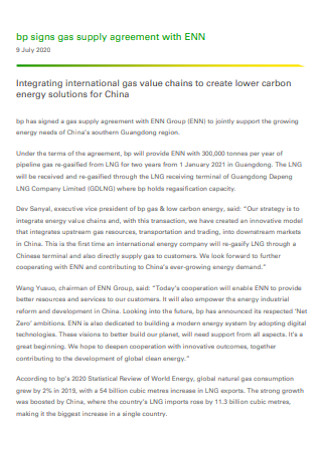
Gas Supply Agreement
download now -

Basic Supply Agreement
download now -

Commercial Material Supply Agreement
download now -
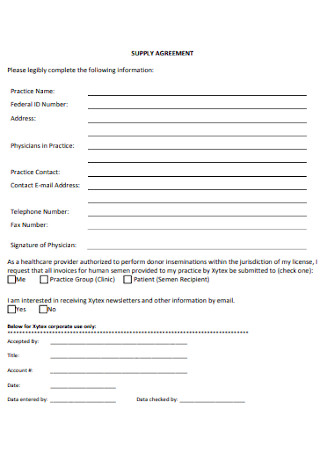
Formal Supply Agreement
download now -
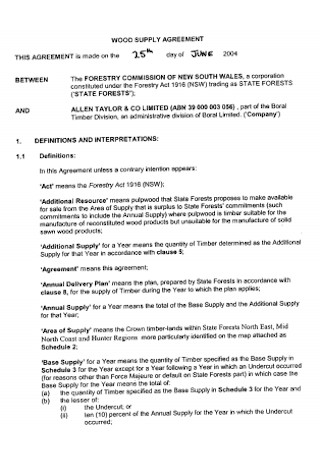
Wood Supply Agreement
download now
What Is a Supply Agreement?
A supply agreement is a binding document that details a seller promising to supply materials or services that a hiring company needs over a certain period for a set price. The agreement also states that the buyer agrees to purchase these goods and services exclusively from the supplier, set during the terms of the agreement. When it comes to international agreements concerning suppliers, it often comes with price discounts and other benefits, including bundles or packages, within the timeline of the arrangement. The supply agreements define the origin location of the supplies, payment terms, and all other clauses and statements agreed upon by the two parties. Ultimately, having the arrangement protects the parties’ rights.
According to an article written in Forbes, large businesses rarely share their supplier data with the public. However, some of the top brand corporations give the scale of their supply base. The company Proctor & Gamble lists it has over 75,000 suppliers, while Walmart shows numbers above 100,000 suppliers, and the oil company Total states it has more than 150,000 suppliers. These are just some of the business magnates operating at present.
Components of a Supply Agreement
Since there is a broad scope of industries and organizations using supply agreements, there is no one standard or format for creating these documents. However, there are essential terms that must reflect on the agreement because it protects the right of both parties. Below are the key components of a supply agreement, adding to its relevance.
How to Draft a Salary Agreement
Since a salary agreement is a legally binding agreement, it is beneficial to research these arrangements. If you also have legal counsel of a knowledgeable attorney, it is best to have them look over the agreement first before having both parties sign. Below are useful steps in writing a salary agreement.
Step 1: Identify the Involved Parties
The first step in creating a supply agreement is to identify the buyer and the supplier. Indicate the names of the company and its location. Writing down this information allows for a clear discernment of roles and the responsibilities that come with them. Guarantee that the details of the buyer and supplier are accurate.
Step 2: Define the Scope of Work, Roles, and Responsibilities
After identifying the parties, indicate the scope of work and obligations of one party to the other. It clearly details the necessary actions a supplier takes or if they are doing their duties stated in the agreement. It also states possible limitations of the services one party provides to the other.
Step 3: Generate a Suitable Budget
Creating a company’s budget on materials or services allows the organization to track revenue and expenses moving in and out of the business. A comprehensive budget tells the company whether to cut down on costs or invest in better deals, increasing company profits. It is also necessary to supply the payment terms, methods, and schedule.
Step 4: Include All Necessary Clauses, Terms, and Conditions
When it comes to indicating the terms and conditions in the agreement, ensure that both parties are aware of its content. The clauses must be clear and followed by the parties covered by the agreement. The document must also clarify federal, state, and local laws the agreement follows, especially if the supplier and buyer come from different locations. Include a termination clause that details the process of terminating the agreement and under what conditions.
Step 5: Review and Sign the Agreement
With the help of a knowledgeable attorney, review the agreement together with the other party. In reviewing the document, the parties will have an idea if there are missing clauses or responsibilities. Upon the completion of the agreement and settlement of the parties, they sign the supply agreement to make it a legally binding document.
FAQs
What is the purpose of creating a supply agreement?
The main purpose of drafting a supply agreement is to establish a relationship between the buyer and supplier. It helps define their responsibilities and also secures the rights of the parties. As it is a legal document, the parties are under the obligation of fulfilling their respective duties, following the agreement’s terms.
What is an exclusive supply agreement?
An exclusive supply agreement includes a restriction that limits the buyer from purchasing goods, materials, or services from another supplier while still in a legally binding agreement with the present supplier.
What is a master supply agreement?
A master supply agreement is a legal document between a buyer and supplier, consolidating two or more contracts into a merged agreement. For example, a supplier provides a company with essential materials and components. Meanwhile, the same supplier also provides its services under another agreement for the same company. Combining these two documents stands for a master supply agreement.
A company must have a good relationship with its suppliers. Establishing a connection with your suppliers not only gives you an advantage of discounts or additional services, but it also shows that your company values the relationship you have, reflecting the organization’s professionalism. It is also advisable to perform comprehensive and in-depth research when it comes to new suppliers. It helps to know how their organization runs, other companies they serve, and the quality of materials or service they provide. In the words of Sir Harold Hartley, “The best insurance policy for the future of an industry is research, which will help it to foresee future lines of development, to solve its immediate problems, and to improve and cheapen its products.” Start drafting your supply agreement today by using and downloading from the selection of supply agreement samples above. Grow your company and give the best product to your consumers!
